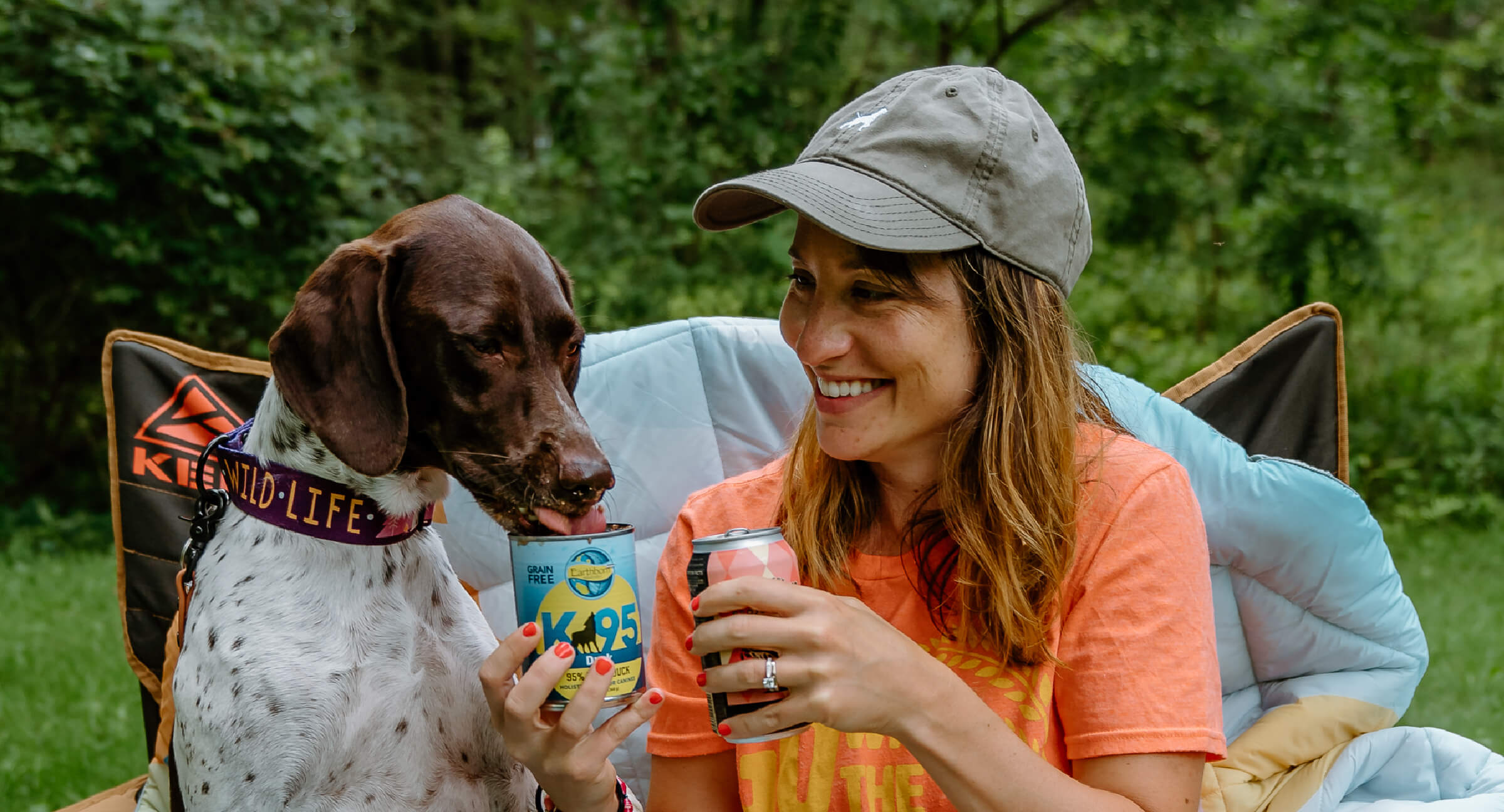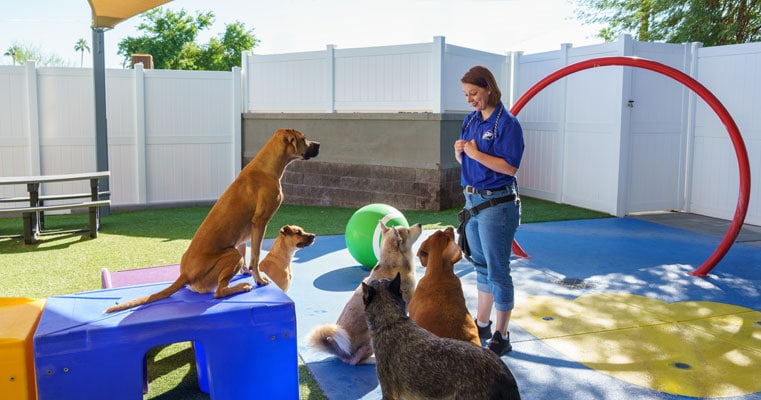The Role of Socialization in Dog Training for Better Behavior
The Role of Socialization in Dog Training for Better Behavior
Blog Article
Novice's Overview to Effective Pet Training at Home
Effectively training a pet dog at home needs a nuanced understanding of canine actions and effective interaction approaches. Establishing clear training goals, using top notch rewards, and preserving consistency throughout family members are vital aspects. Incorporating training right into daily regimens can boost both involvement and retention.
Understanding Canine Actions
Comprehending pet dog behavior is vital for reliable training and promoting an unified connection in between human beings and their canine companions. Pet dogs communicate mainly with body movement, vocalizations, and facial expressions, making it essential for proprietors to interpret these signals accurately. Identifying behaviors such as tail wagging, roaring, or trembling can offer understandings right into a dog's emotion and objectives.

Typical behavior issues, such as aggression, stress and anxiety, or excessive barking, often stem from misconceptions or unmet demands. Observing and dealing with these issues without delay can avoid rise and make sure a favorable training experience. By promoting a deep understanding of dog actions, owners can tailor their training approaches to match their canine friends, eventually causing a satisfied and mannerly animal.
Important Training Devices
A well-appointed training area can considerably enhance the performance of pet dog training in the house. Necessary training tools ensure that both the instructor and the canine can take part in productive sessions that cultivate learning and bonding.

Spending in a durable leash and a comfortable, well-fitting collar or harness is vital for security and control. These devices aid develop limits and make certain the pet remains secure during training. Additionally, a designated training location, devoid of distractions, aids concentration for both the pet dog and the instructor.
Training aids such as training pads, cones, or dexterity equipment can additionally enhance the experience by introducing variety and obstacles. Last but not least, having a note pad or digital app for tracking development can be indispensable, permitting you to keep in mind successes and locations for renovation. Making use of these crucial tools will certainly develop a positive training environment and lay the structure for effective understanding.
Producing a Training Routine
Establishing a regular training regimen is necessary for efficient canine training in the house. A well-structured routine not only aids in reinforcing wanted actions yet likewise gives your dog with a sense of protection and predictability. To develop an efficient training routine, start by determining details training goals, such as standard commands, leash strolling, or housebreaking.
Pick image source a marked time every day for training sessions, preferably when your dog is responsive and sharp. Sessions ought to be short, approximately 5 to 15 minutes, to maintain emphasis and protect against fatigue. Consistency in timing and setting will improve your dog's discovering experience.
Include training into daily activities to strengthen skills. Technique commands throughout strolls or mealtime, which integrates discovering into natural regimens. In addition, remain flexible and readjust the regular as necessary, fitting your canine's power degrees and state of mind.
Favorable Reinforcement Techniques
Positive reinforcement strategies are essential to effective pet training, advertising preferred behaviors through incentives instead than penalty. This method makes use of favorable stimulations, such as deals with, appreciation, or play, to motivate pets to duplicate certain activities. The cornerstone of this technique is timing; benefits need to be given promptly following the desired actions to create a clear organization.
When implementing favorable reinforcement, it is important to select incentives that are inspiring for your pet dog. High-value deals with, such as little pieces of hen or cheese, can be especially efficient throughout training sessions. Furthermore, differing the benefits can keep your pet's interest and excitement.
Beginning with easy commands, like "sit" or "stay," and slowly progression to a lot more complicated jobs. Uniformity is essential; guarantee that all household members use the same commands and reward systems to stay clear of confusion.
Furthermore, it is important to remain individual and avoid aggravation. Canines, like human beings, find out at their own rate. By promoting an encouraging training setting with favorable reinforcement, you can enhance your canine's discovering experience while enhancing the bond between you and your furry companion, preparing for successful training end results.
Usual Training Challenges
While training a canine in the house can be a gratifying experience, it frequently comes with a set of typical obstacles that can examine both perseverance and consistency. One common concern is distraction. Dogs may become easily sidetracked by sounds, activities, or also aromas in their environment, making it difficult to preserve their focus during training sessions.
An additional difficulty is variance in commands and support. It can prevent and perplex the pet progression if family participants utilize various signs or rewards. Developing official website a unified approach is vital for effective interaction.
In addition, pets can experience disappointment or tension, particularly if they do not comprehend what is expected of them. This can cause unfavorable behaviors, such as chewing or barking.
Ultimately, the timing of support is vital (Dog training). Postponed benefits can reduce the performance of positive support, as pets might stop working to link the actions with the reward
Conquering these difficulties calls for dedication, clear interaction, and a structured training plan. Identifying and addressing these typical obstacles will pave the way for a much more effective and delightful training experience at home.
Final Thought
Finally, effective pet dog training at home blog necessitates a comprehensive understanding of canine actions and efficient interaction strategies. By developing clear training objectives and using top quality treats alongside positive reinforcement, the training process comes to be extra satisfying for both the instructor and the pet. Flexibility, consistency, and persistence are essential components that help with knowing. Inevitably, integrating training right into day-to-day regimens improves the bond in between pet and owner, making the experience both productive and delightful.
Developing a consistent training routine is essential for efficient canine training at home.Favorable support strategies are essential to efficient dog training, advertising desired behaviors via incentives rather than punishment (Dog training). By fostering an encouraging training atmosphere with positive support, you can enhance your pet's discovering experience while reinforcing the bond in between you and your fuzzy friend, laying the groundwork for successful training outcomes
In conclusion, effective canine training at home requires an extensive understanding of canine habits and reliable interaction strategies. By establishing clear training goals and using top quality deals with together with favorable support, the training procedure becomes much more gratifying for both the trainer and the pet.
Report this page